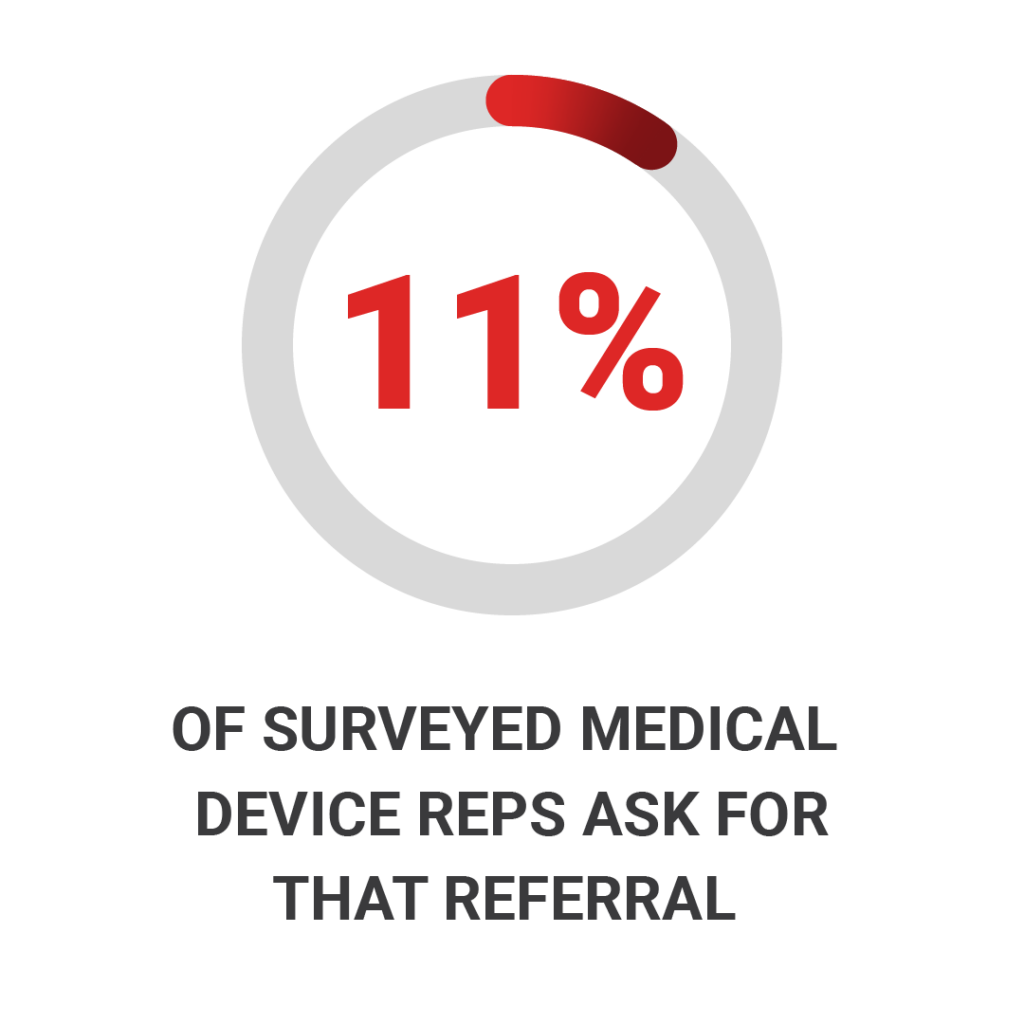Quick sales strategy ideas and tips for medical device reps.
With a new year on the horizon, it is time to evaluate your sales strategy for 2024. For many medical device reps the strategy is simple: boots on the ground, breaking down the doors of a surgery center, and promising cutting-edge products.
But, when all reps from various companies have the same strategy, it’s hard to stand out. While cold calling is still a relevant part of medical sales today, there are other tactics to explore before storming the doors.
What is the Best Sales Strategy for Orthopedic Device Reps?
A strategy for the new year should start at your desk. The “rule of 7s” is still relevant today. This means that each customer needs to see a marketing message at least 7 times before taking any course of action.
Ask the companies you partner with if they have marketing tools that you can utilize. This is one way to elevate your messages at a low cost with low effort. You can utilize regularly produced marketing content to keep your leads engaged. For example, you can post blog posts on your LinkedIn each week or send video links as email follow ups.
Speaking of keeping prospective customers engaged, 80% of deals need at least 5 follow-up calls after the first meeting. Around 44% of medical representatives do not follow up after the first meeting, according to the Brevet Group.


Here are simple ways you can follow up with potential customers:
- Thank the potential customer for the meeting and ask if they have any follow-up questions via email.
- Send them a LinkedIn connection.
- Send an industry-related article via email or text that is relevant to something discussed in the meeting.
- Send over a case study or customer review.
- Check in with the potential customer and ask about the next steps
For modern sales, inbound marketing is a necessity. But, the value of a solid network will always be a top sales strategy. In 2024, reach out to your happy and active customers and see if they would give a referral to a colleague or friend.
Another interesting statistic from Brevet is that 91% of happy customers are willing to give out referrals. However, only 11% of surveyed medical device reps ask for that referral. This strategy that will set you apart from competitors.
Always prioritize making new connections by networking, scheduling in-person meetings at surgery centers, or attending trade shows.
How to Improve Your Sales Strategy as a Medical Representative.
The key to increasing your sales metrics in the new year is to focus on the potential customer. The pitch isn’t about the rep or the company they represent. The pitch needs to specifically be about the potential customer addressing their problems.
This means the pitch begins long before the actual meeting. As soon as you get a meeting on the books, here are a few things to research:
- What is the role of the person you are presenting to? If it’s a physician, research the doctor and learn about their career background and medical training. If it’s an administrator, figure out their pain points. Maybe research if they are at a high-volume surgery center or if they have faced a high turnover rates.
- What is the facility’s competitive position in the market? Moving past the physical person, what is the facility struggling with? Perhaps you have a solution that can help alleviate their stress.
It could be that the market that’s oversaturated with specialty surgery centers. Or the position could be that the surgery center is home to the best surgeon in the region. Either way, know the surgery center’s market position. Then, have a solution to help resolve the issues or enhance their current offerings. - Identify their clinical philosophies and address those in your presentation. If it’s a priority to your potential customer, show that the philosophy is also important to you. This shows that you assessed their needs, and took the time to research the facility.

How to Make My Job Easier as a Medical Device Rep?
Part of your 2024 sales strategy needs to be discarding tasks that keep you from managing your customers. Maximize account management by finding ways to reduce paperwork.
When partnering with Compression Solutions, there are a few ways that we help minimize your busy work.
Let our billing experts manage your paperwork
Compression Solutions has a robust medical billing department. It serves as the go-between for facilities and insurance companies when billing non-opioid pain prevention devices and DVT prevention devices.
Learn more about our medical billing services.
Submit Insurance Claims Digitally
One asset our medical billing department can do is process digital insurance claims. Our billers can access patient-data in a HIPPA-compliant way to help with reimbursements. This is done with software such as ScanChart by SurgicalNotes.
Here are the steps taken to submit digital insurance claims with Compression Solutions:
- The physician will order medical devices used for surgery or recovery.
- The patient signs a prescription.
- The facility will send the completed bill sheet via box.com or other software.
- Billing specialists begin to pull patient demographic information, op-notes, medical history, and physicals.
- Then Compression Solutions submits for reimbursement.
Learn more about submitting digital insurance claims.
Work Alongside Product Experts to Manage Product Questions
When you work with Compression Solutions, you have access to an entire company of support. In addition to our medical billing team, we have a highly rated customer service department. Our customer service line connects you with product experts that can help answer questions or troubleshoot devices.
Patients can call our US-based, 24/7 customer support anytime they have a question about their DVT prevention device. They will work directly with the patient to troubleshoot the device so they can safely recover.
Plus, we also offer a variety of online resources to help tech-savvy patients.

The State of Surgery Centers in 2024
2024 is going to be a productive year, as surgery centers continue to grow in demand. As technology progresses, there are more opportunities to streamline workflows, helping surgery center administrators become more productive.
Heading into the new year, the number of surgery centers continues to grow rapidly. Currently there are more than 11,000 surgery centers across the United States. Only about 3,000 of those surgery centers are single-specialty.
The landscape of surgery centers continues to change as more physicians have interest in private equity. Currently, there are around 135 surgeon-owned facilities. But, this is expected to increase as more physicians are learning about the business of owning a center.
Patients also seem to prefer surgeries in an outpatient setting. 80% of surgeries are going inside ASCs as opposed to traditional hospitals. And finally, because patients are more often choosing surgery centers, it’s giving Medicare an annual savings of $4.8 billion.
